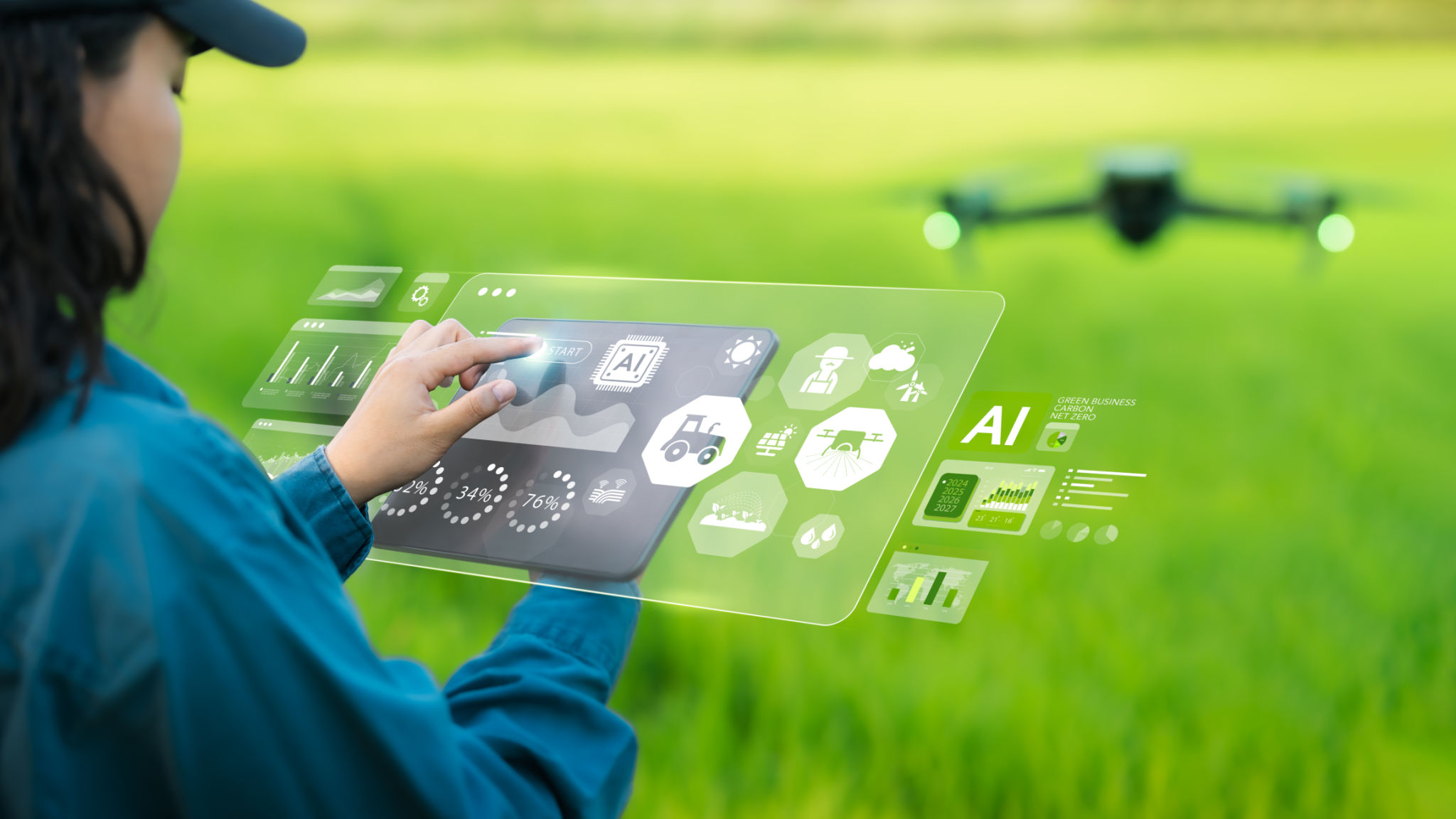Exploring Emerging AI Trends in Sustainability
Introduction to AI in Sustainability
The integration of Artificial Intelligence (AI) into sustainability initiatives has been gaining momentum, offering innovative solutions to some of the most pressing environmental challenges. From optimizing energy usage to enhancing recycling processes, AI is proving to be a pivotal player in the pursuit of a more sustainable future.
As industries and governments increasingly recognize the potential of AI, emerging trends are shaping how these technologies are applied to sustainability efforts. This exploration delves into the key trends and how they are transforming the landscape of environmental conservation.

AI-Driven Energy Management
One of the most significant applications of AI in sustainability is its role in energy management. By utilizing advanced algorithms and predictive analytics, AI systems can optimize energy consumption in real time. These systems help reduce waste and improve efficiency by adjusting power usage based on demand and supply fluctuations.
For instance, smart grids leverage AI to balance energy distribution more effectively, ensuring that renewable sources like solar and wind are utilized optimally. This not only reduces reliance on fossil fuels but also lowers energy costs for consumers.
Enhancing Waste Management with AI
AI technologies are revolutionizing waste management by improving sorting processes and increasing recycling rates. Machine learning algorithms can identify and categorize waste materials with high accuracy, making it easier to sort and recycle them efficiently.

Moreover, AI-enabled robotics can automate waste processing tasks, reducing human error and increasing the throughput of recycling facilities. This leads to a more streamlined operation that contributes to a circular economy by minimizing waste and maximizing resource recovery.
Precision Agriculture and AI
In the realm of agriculture, AI is being harnessed to promote sustainable farming practices. Precision agriculture uses AI-driven data analysis to monitor crop health, soil conditions, and weather patterns. This information helps farmers make informed decisions about planting, watering, and harvesting.
By optimizing these processes, AI reduces the need for excessive water usage and chemical fertilizers, leading to more sustainable farming operations. Additionally, it supports food security by enhancing crop yields and reducing losses due to pests and diseases.

AI for Climate Change Mitigation
AI is also playing a crucial role in climate change mitigation efforts. Machine learning models can predict climate patterns and assess the potential impacts of different environmental policies. This enables governments and organizations to develop more effective strategies for reducing carbon emissions and adapting to climate change.
Furthermore, AI-powered tools provide insights into renewable energy potentials, helping to identify optimal locations for solar panels or wind turbines. This accelerates the transition to cleaner energy sources and contributes to global sustainability goals.
Conclusion
The integration of AI into sustainability practices is more than just a trend—it's a transformative movement towards a greener planet. As these technologies continue to evolve, they offer immense potential for addressing environmental challenges in innovative ways.
By embracing these AI-driven solutions, we can pave the way for a sustainable future that balances economic growth with ecological preservation. The ongoing advancements in AI will undoubtedly play a significant role in shaping a more resilient and sustainable world.